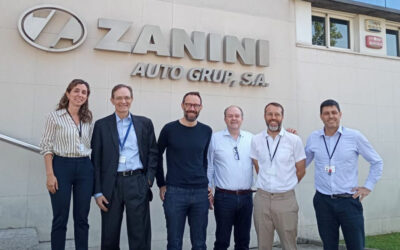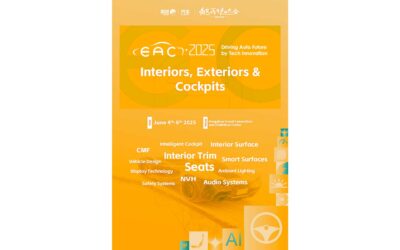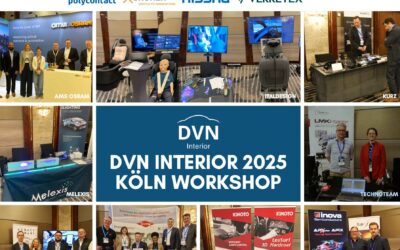The current megatrends — EVs and AVs, software-defined vehicles, car sharing — are already beginning to redefine how the car interior space is designed, perceived and experienced. That redefinition shows signs of wanting to accelerate rapidly, but so far, vehicle interior architecture remains largely the same as before. It seems to be struggling in catching up with the evolving trends, as we rarely see innovative concept cars turned into mass production vehicles.
What’s the hold-up? Chinese industry and that country’s market demonstrate that there’s a huge lot of opportunity in this field. But the automotive industry is often tied to existing platforms, expensive and long redevelopment cycles, long-term contracts, and complicated supply chains. To change the car interior architecture is obviously a challenge, but flexibility (short and affordable developments) and differentiation in ecosystems are probably the key.
Let’s look at some of those opportunities; what are some of the short-term achievable solutions?
The Architecture of Space: EV Flat Floors, Driving Autonomy
EV flat floors and autonomous driving mean pretty much all interior components merit scrutiny to see how they can be optimized. Prospects include:
- Modular, fold-flat, and swivelling seats for diverse configurations, such as a lounge setup for socializing or a workspace for productivity. The technical solutions exist, it’s just a matter of implementing them at a reasonable cost, with acceptable timing.
Flat floors grant freedom to slide seats and make way for personalized mini-consoles with HMI integration and storage. The motion-sickness issue will need to be addressed, so outward visibility will have to be maintained — that might mean doing without fancy window screens and dimming colors in non-traditional seating positions.
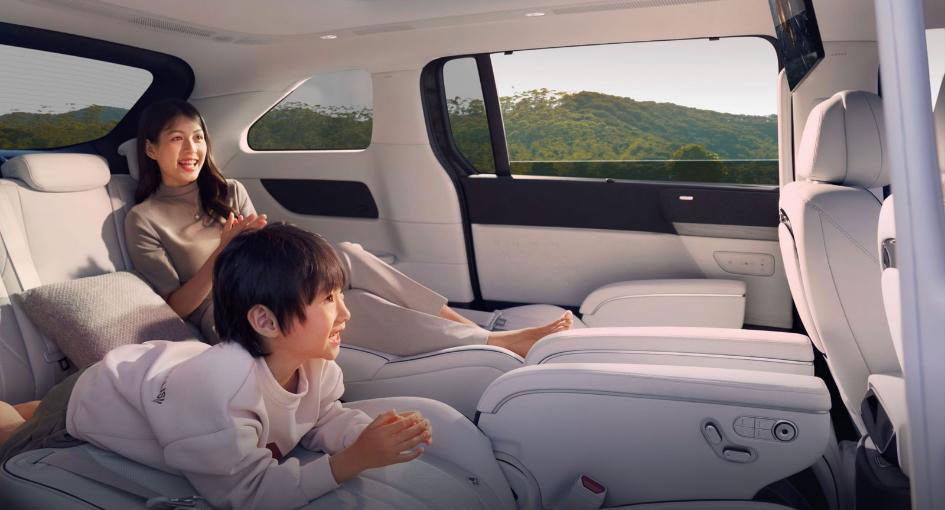
A great example of modular seating is in the Xpeng X9. It has second-row captain chairs with optional ‘zero-gravity’ recline, massage functions, and leg support. The power-folding third-row seats expand cargo volume.
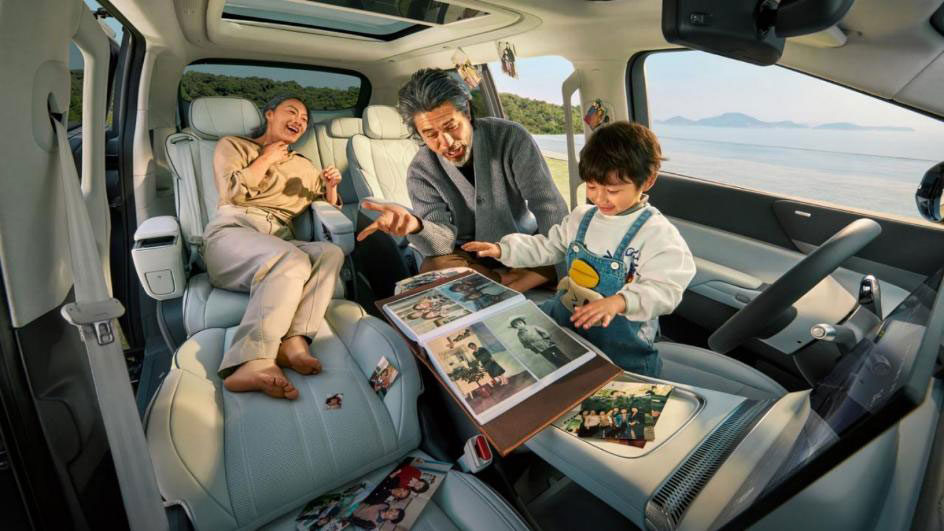
Another master of flexibility is the Zeekr Mix, designed with emphasis on maximum interior space. Its front seats can swivel up to 270°, allowing occupants to face each other or the rear passengers — fine when parked, but questionable when driving. This design facilitates configurations such as a mobile lounge or workspace. The Mix also has a sliding center console with inbuilt refrigerator and folding table, making it highly versatile.
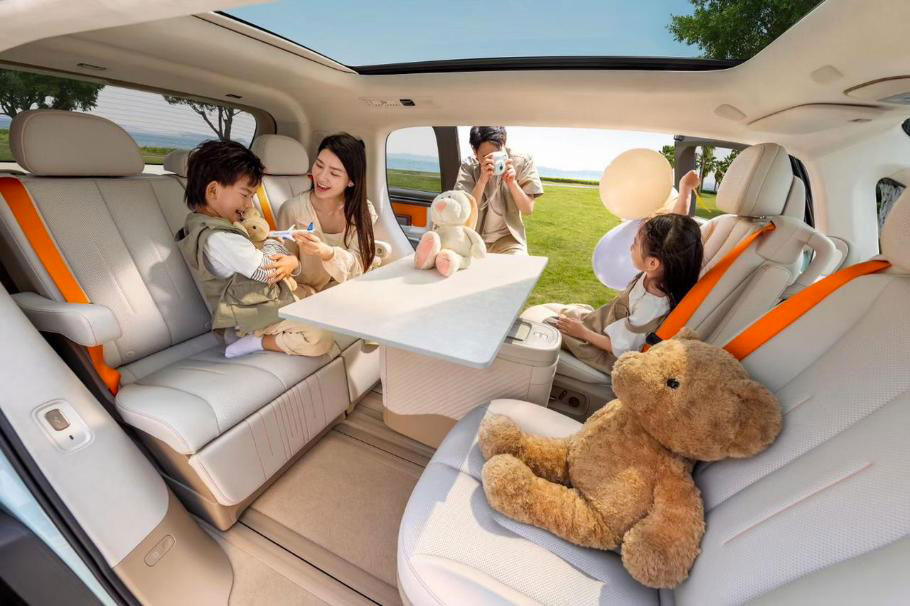
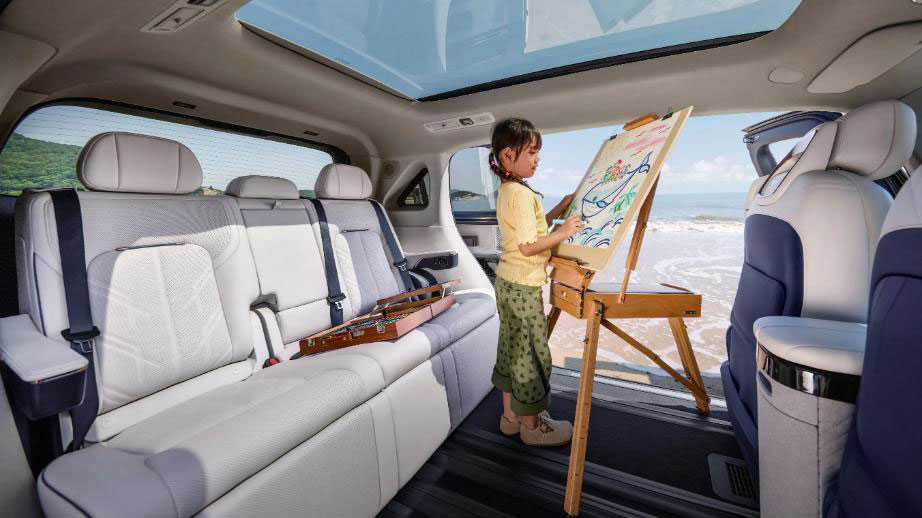
Moving beyond the seats, the cockpit area offers numerous opportunities to redefine space. During autonomous driving, the retracting steering wheel and reduced need of HMI interaction can free up space for entertainment screens, maybe integrated with shy-tech surfaces to reduce sensory overload and foster relaxation. And/or, generative AI voice and gesture recognition are trends in user interaction.
The dashboard space made available can be redistributed in the cabin, affording more space for seating and storage.
The traditional glovebox — does anyone wear driving gloves any more? — can be eliminated to allow more leg extension. Instead, storage can be integrated under the seats or in the bolster area, or in central and side floating and sliding consoles, more accessible when in lounge seating positions and adaptable to the priorities of a wide variety of users.
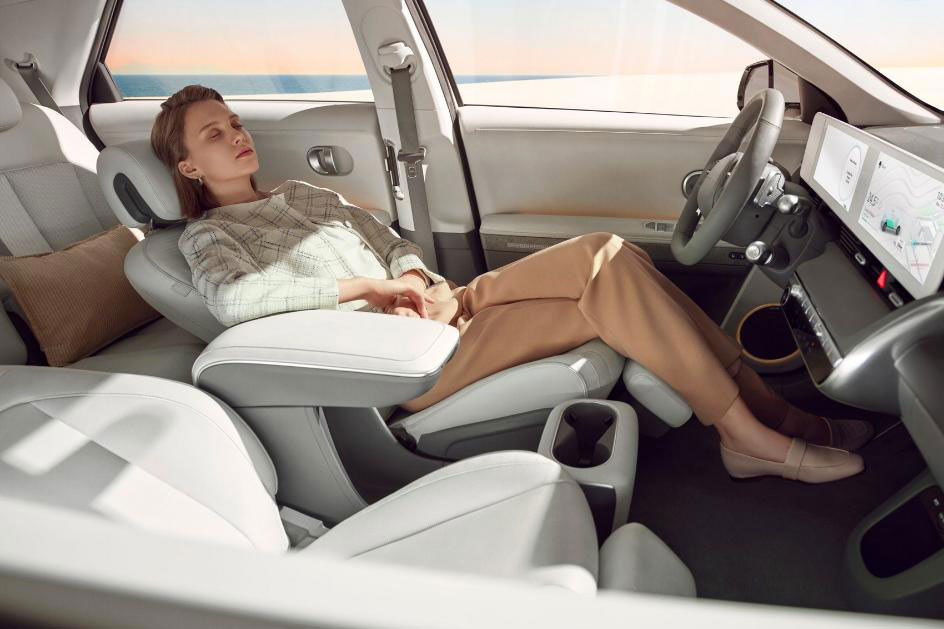
Then there’s the role of entertainment systems. Really good ones can convey the feeling of a cozy room, and high-resolution screens and immersive audio systems can be installed for a theater-like experience. Rear-seat displays can support video streaming and gaming. These concepts and more are plentiful in auto-show concept cars, but much less so in production ones (yet?).
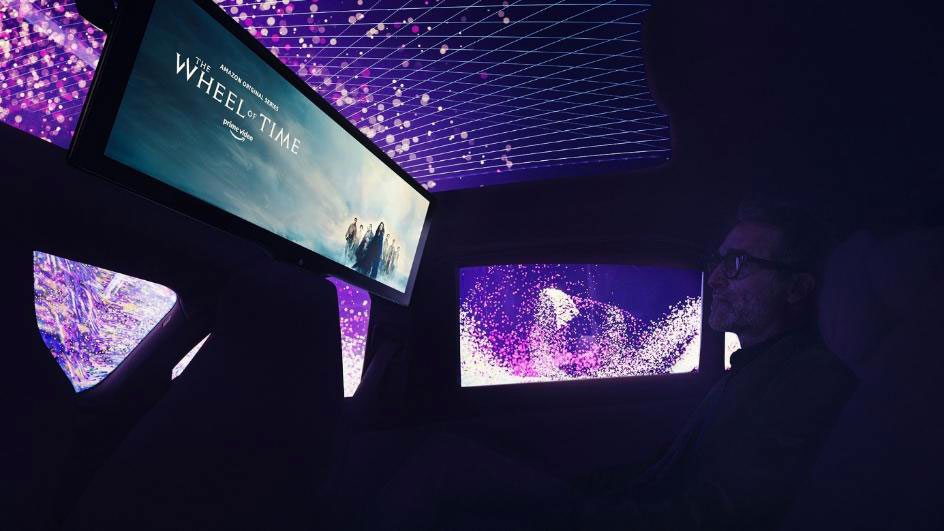
Space as experience: comfort, entertainment, privacy, versatility
Sound zones and light zoning can create personal climate bubbles. Away with squabbling and resentment when carmates’ preferences don’t align! The possibility to listen to music undisturbed and still interact with the environment when needed),illuminating only single zones without disturbing the other passengers, or regulating climate comfort with special textiles. All this can contribute to create the feeling of a special space dedicated only to you.
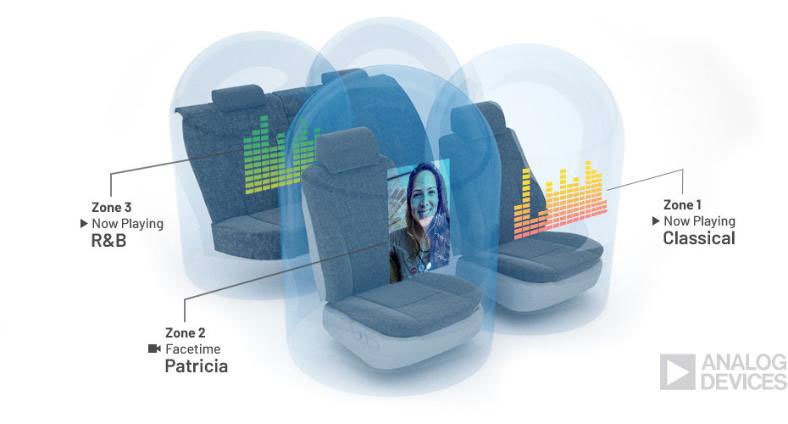
Sculpting space with CMF: the illusion and reality of volume
Interiors perception can also be changed with design, colors, and textures. Scandinavian and Japanese clean-design philosophy can give the impression of a more spacious cabin. Use of light tones, natural materials, reflective and translucent surfaces support feelings of openness and spaciousness. Lines and contrasting textures can guide spatial flow, and minimizing visual controls can avoid tech overload (though it is not nice — and it can be hazardous — to make users feel clueless as they grope and guess their way around doing something that would be simple with a regular, physical control).
Consider the Kia EV4 concept’s cabin design. The KIA CMF team drew inspiration from the Earth: natural dyes like madder root and walnut shells were used to create the tones and hues. Handwoven fabric stripes are applied to the storage area and dashboard for a 3D effect. Hemp fibers were used for aesthetic appeal and functionality of the console table. The material is sustainable, moldable, versatile, and adds a rich color to the cabin.
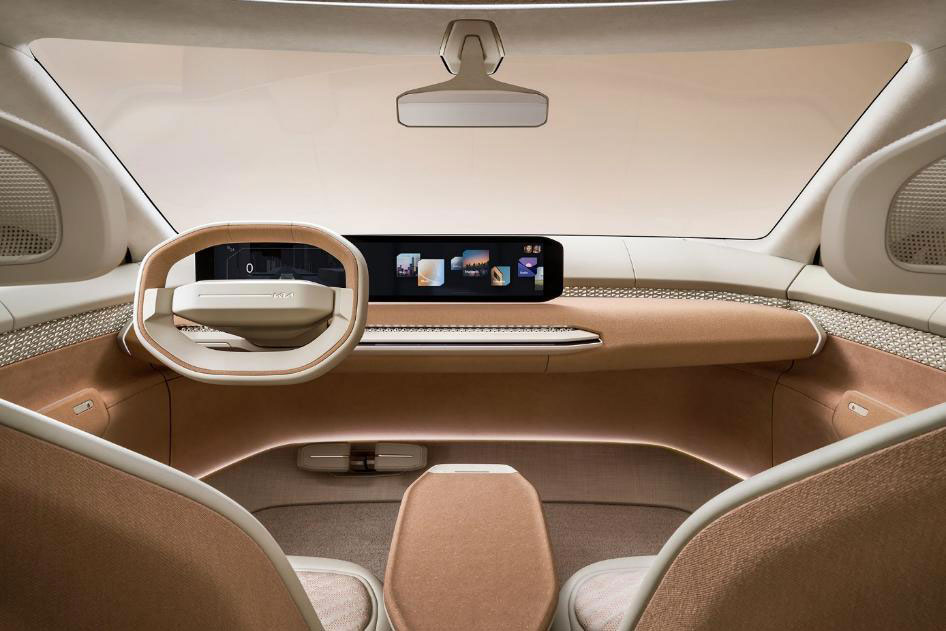
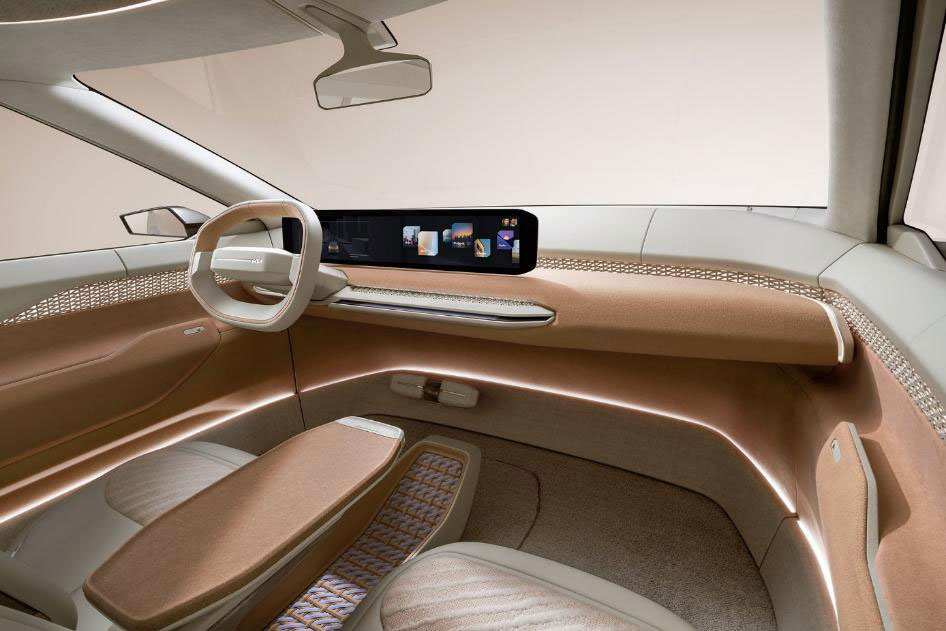
Car sharing: designing interiors with a different approach
Redesigning car interiors for car sharing requires a shift from owner-centric thinking to user-neutral, adaptable, and durable design. This includes the likes of:
- Modular and reconfigurable interiors with movable seat tracks or folding seats, to allow reconfiguration depending on passenger count or luggage needs. Sliding consoles or armrests can be stowed to create a more open cabin.
- Swivelling or collapsible seats can support varied use cases like social interaction, solo commuting, or delivery.
- Easy-to-clean, durable materials and antimicrobial, scratch-resistant, stainproof surfaces like TPU, silicone leather, or bamboo fiber blends, and seamless surfaces to simplify maintenance between users.
- Personalization via digital profiles: allowing riders to log in with a digital ID, automatically adjusting seat position, temperature, ambient lighting, and infotainment preferences, pairing with smart displays or adaptive UI that changes based on who’s in the car and their preferences.
- Flexible storage solutions like lockable compartments for temporary personal storage and dedicated zones for bags, delivery parcels, or work tools, separate from seating areas.
- Zone-based functionality — divide the car into a work zone (with a fold-out desk, table tray, or tablet stand), a relaxation zone, or even a nap-pod seat in autonomous future vehicles.
- Interactive displays for maps, entertainment, or shared ride coordination.
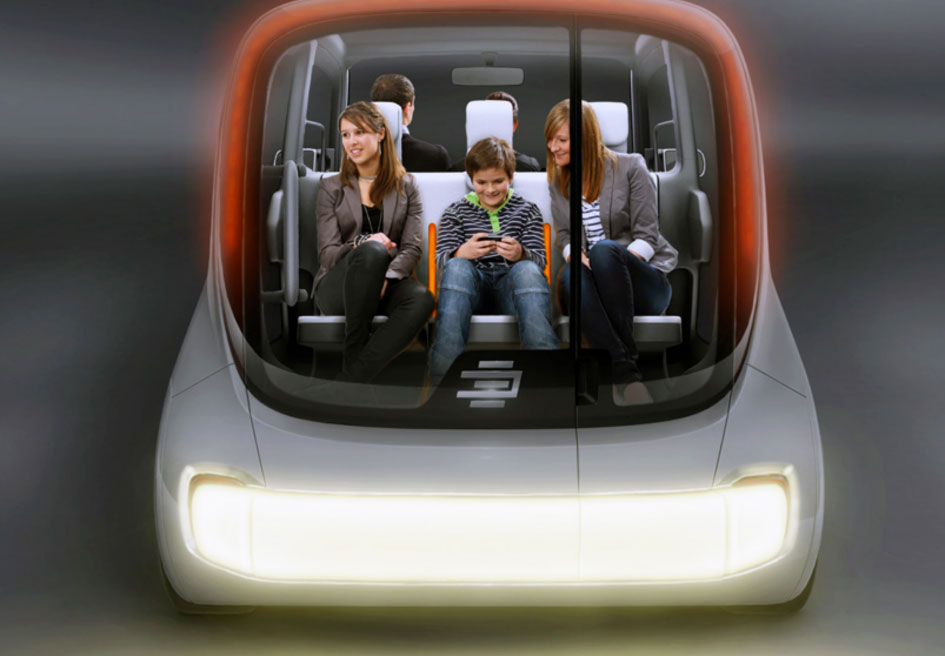
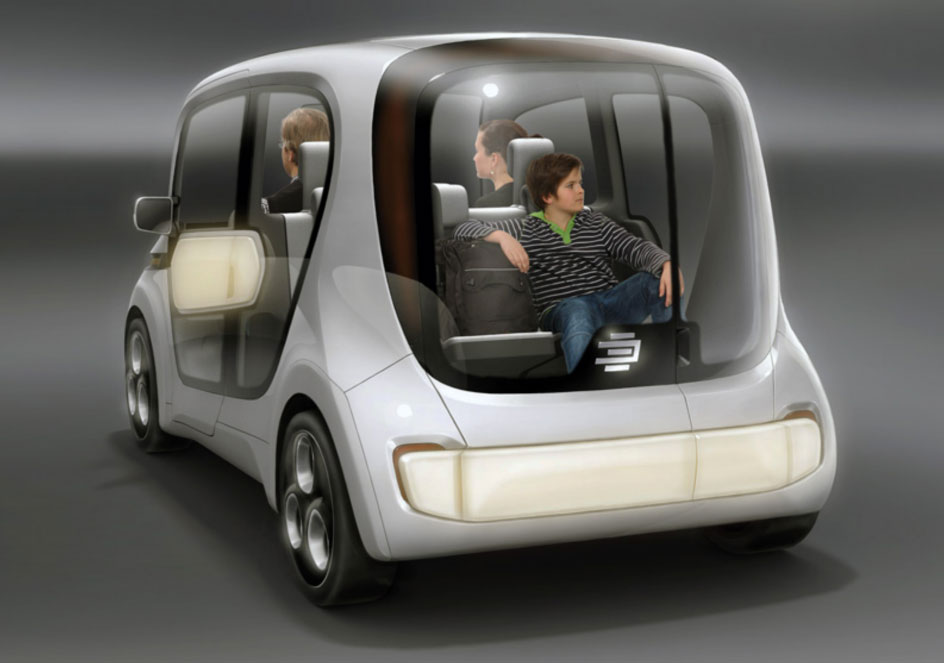
All in all, whether for private or shared use, designers and engineers face an exciting challenge to reinvent car interiors to maximize space and make every component and every cubic centimeter smarter, more adaptive, and more human-centric.
Transforming interior space is not necessarily about adding more, but can involve doing more and better with what’s there.
